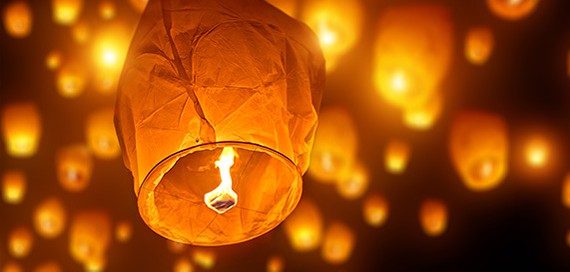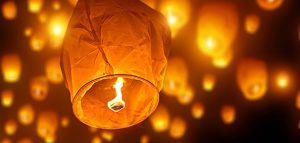
You know, it’s so easy to teach things to children. Every day there are ordinary opportunities to teach. This last Sunday, Ben, who is six, picked up the hymn book and was trying to sing. He’s in kindergarten and is a fabulous reader. But he couldn’t figure out how to follow the words. So I took my finger and I began pointing to each word. I watched him read and sing. It was thrilling for him because he loves to read, likes music and was fascinated by how the sentences move from line to line, each verse underneath the one before. It was the world of music that he got to step into on Sunday and he was so happy about it.
I was reminded how wonderful it is to learn something new, to have the fogginess of not knowing lifted. That’s especially poignant for me right now because I am working on learning some new things – what a hashtag is and how to use one, how Instagram works and what can be done on the phone besides make a call. : )
Getting on the other side of something that you don’t know how to do is a wonderful process and when you help someone else do it, it’s rewarding.

Many Sundays ago I had the same wonderful experience I had with Ben with four other young children. I took these neighborhood children to church with me each week – Gaby, 6, Roxy, 5, Danni, 2 and Kyle, 4.
They, like Ben, wanted to understand how to read the music and sing along. I showed them where the hymn numbers for the day were posted. Then each Sunday one of them would ask just as we sat down in the pew, “So the first hymn is 1-2-6?” “Yes, and that is said page one hundred and twenty-six.”
Next, I showed them how to find a page higher than 30 when that was as high as they knew how to count. “First find a page with a 1 as the first number. Good. Now you need to find a page with a one and a two at the beginning. See this page has a one and a three. Oops, you have gone too far. Go back some pages. Look this page has a 1 and a 2 and an 8. You’re almost there. Good job!” Isn’t it wonderful all of the learning that was going on – naming numbers, counting, sequencing, patterns, as well as learning something spiritual as we sang together?
For the next 100+ Sundays, I would go through this ritual three times each Sunday morning – opening song, rest song, and closing song. That gave us a lot of time to practice learning the names of larger numbers, remembering what they look like and how to find a hymn in the hymnal.

By the time Gabby was 8, she could find any hymn in the book and could say the number correctly. Roxy at seven could find any hymn in the book given enough time and she could say most of the numbers correctly. Kyle at 6 was just starting to find the numbers, that is when he was motivated to do so. : ) Danny at four was beginning to notice that everyone else seemed to know something she didn’t. She had begun to pick up a hymnal and ask for help. By this time I didn’t really need to help her because the bigs were capable of doing it. I watched them help her find the page and then point out where on the page we were singing.
This wasn’t just a valuable exercise in learning how to find a page and sing a song. Gabby had to work extra hard with reading and it was challenging to get her to read at home. However, on Sunday she would move her finger along with each word, staying right where she should be for the most part. I could see her lips moving as she tried to read the words. She missed many because music moves quickly but she got more of them each Sunday. There are a lot of strategies to teach reading but making it part of life was working for Gabby.
For Roxy reading came more easily and she missed only the really big words. However, I noticed that although she was singing all the words she couldn’t stay with the music. She was singing each line as you would read a sentence so she was always ahead.
“Roxy, do you see that little black dot? It means the word is sung for a short time. Do you see that little white circle? Well, that means you sing the word for a longer time. I demonstrated what I meant. Love vs. loooove. As we sang I pointed to each word or syllable and said long, short, short, short, short, long, and so forth.
Those 100+ Sunday singing, reading, and pre-math lessons were fun for me and the kids. This last Sunday it was fun watching Ben go through the same process.
Every day we do many ordinary things but they are opportunities to teach children what they may find difficult to learn in more formal settings – reading labels at the store and looking for pricing, buying gas and counting as the meter turns, counting out tithing for Sunday, reading a newspaper headline along with dad.
But this isn’t just about teaching kids important skills such as counting, reading or singing. It’s about parents practicing being Present. All those Sundays I had to be Present during singing time. I had to see what was happening. Who was lost, who didn’t understand, who was successful? I had to pay attention. Using ordinary moments of daily living to teach is valuable practice for us as we learn to be more Present parents.
As you pay attention to teaching your children in the everyday moments you will begin to learn how to be a more Present Parent despite the busy-ness of life. The fogginess will lift and you will experience more and more success. And that extra practice will pay huge dividends in your relationship with your kids. It’s wonderful to learn something new, to have the fogginess of not knowing lifted.
What have you been able to begin teaching your children in this new year?
If you like this post, please share it with your community by using one of the social share buttons.
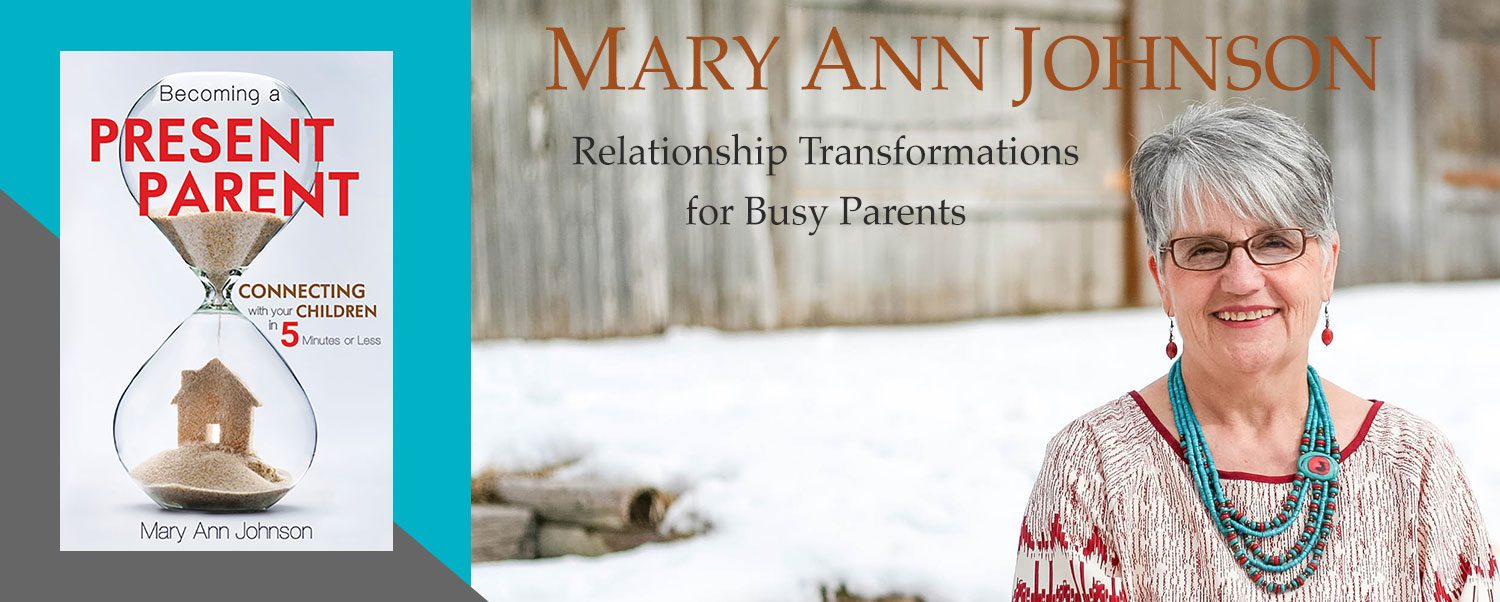


 Spring is here and one of the things that we may want our family to buy into is ‘Spring Cleaning’. That begs the question, can cleaning ever be fun?
Spring is here and one of the things that we may want our family to buy into is ‘Spring Cleaning’. That begs the question, can cleaning ever be fun? Let everyone in on the fun. Preschoolers enjoy helping with cleanup and can easily dust lampshades, books, and tabletops, or line up CDs. Let an older child help a younger child for more difficult tasks.
Let everyone in on the fun. Preschoolers enjoy helping with cleanup and can easily dust lampshades, books, and tabletops, or line up CDs. Let an older child help a younger child for more difficult tasks. much time you think it will take everyone to get their assigned chore done, 30 minutes, an hour. Now set the timer and play “Beat the Clock”. If someone finishes early, they can help someone else. They will want to do this because you have designed a reward for the family if they can “Beat the Clock”. Maybe it’s their favorite pie for dessert, maybe a trip to get ice cream, or a family movie, a walk to the park or a drive to see grandma.
much time you think it will take everyone to get their assigned chore done, 30 minutes, an hour. Now set the timer and play “Beat the Clock”. If someone finishes early, they can help someone else. They will want to do this because you have designed a reward for the family if they can “Beat the Clock”. Maybe it’s their favorite pie for dessert, maybe a trip to get ice cream, or a family movie, a walk to the park or a drive to see grandma.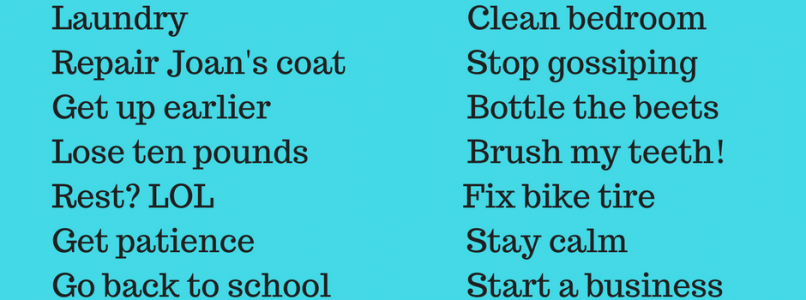
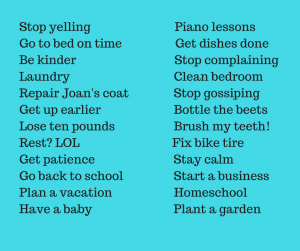 Choosing one ‘best’ thing to work on right now makes ALL the difference in how much success you will have in making changes in your life.
Choosing one ‘best’ thing to work on right now makes ALL the difference in how much success you will have in making changes in your life.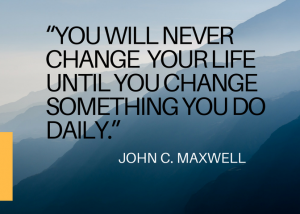

 I am not Jewish. However, over the years I have known some Jewish families and I have admired their Sabbath Day worship. (Shabbat) Orthodox Jews take a one-day break from electronic devices to focus solely on faith and family without distraction.
I am not Jewish. However, over the years I have known some Jewish families and I have admired their Sabbath Day worship. (Shabbat) Orthodox Jews take a one-day break from electronic devices to focus solely on faith and family without distraction.

 I was helping an older woman take a shower. She wasn’t able to stand so she sat. She wasn’t able to wash and so I lathered up the washcloth and helped her out. This was the mother of a dear friend. I had been serving her and her husband for quite some time but bathing his wife was his job. However, on this day he had another obligation. So I was filling in.
I was helping an older woman take a shower. She wasn’t able to stand so she sat. She wasn’t able to wash and so I lathered up the washcloth and helped her out. This was the mother of a dear friend. I had been serving her and her husband for quite some time but bathing his wife was his job. However, on this day he had another obligation. So I was filling in. polish our apology skills nor learn to control our anger and frustration. Rather, the key to overcoming this destructive chain of events is to question our story.
polish our apology skills nor learn to control our anger and frustration. Rather, the key to overcoming this destructive chain of events is to question our story.
 One morning a woman arose early and sat by her large front window and watched an incredible sunrise as it lit the valley in gold. She observed the shadow of the night moving out of the way of the suns rays as it rose slowly over the mountains. She could feel that it was going to be a beautiful day and it filled her heart with gladness.
One morning a woman arose early and sat by her large front window and watched an incredible sunrise as it lit the valley in gold. She observed the shadow of the night moving out of the way of the suns rays as it rose slowly over the mountains. She could feel that it was going to be a beautiful day and it filled her heart with gladness. things. At some point, I began to suspect that there might be a different way as I observed other families. But it came to a head for me when my neighbor walked across the street and handed me a brochure on anger management!
things. At some point, I began to suspect that there might be a different way as I observed other families. But it came to a head for me when my neighbor walked across the street and handed me a brochure on anger management!
 Do you ever have conflict with your children?
Do you ever have conflict with your children?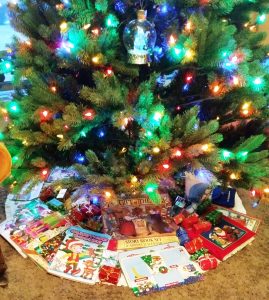 because 23 grandchildren can be expensive and frustrating to shop for. I preferred to instill in their hearts a memory of Christmas fun at Grandma’s house.
because 23 grandchildren can be expensive and frustrating to shop for. I preferred to instill in their hearts a memory of Christmas fun at Grandma’s house. To my chagrin, I was continually frustrated with the careless handling of the treasures I had thoughtfully placed under my beautiful Christmas tree. What was wrong with these kids!!!! Books were scattered on the floor or left in another room. Finger puppets were tossed under the tree and where was the Pouch?!? My youngest granddaughter proceeded to scribble on every single page of the coloring books. I began using the irritated mommy voice with my precious little angels. I’m sure I yelled a few times too.
To my chagrin, I was continually frustrated with the careless handling of the treasures I had thoughtfully placed under my beautiful Christmas tree. What was wrong with these kids!!!! Books were scattered on the floor or left in another room. Finger puppets were tossed under the tree and where was the Pouch?!? My youngest granddaughter proceeded to scribble on every single page of the coloring books. I began using the irritated mommy voice with my precious little angels. I’m sure I yelled a few times too.
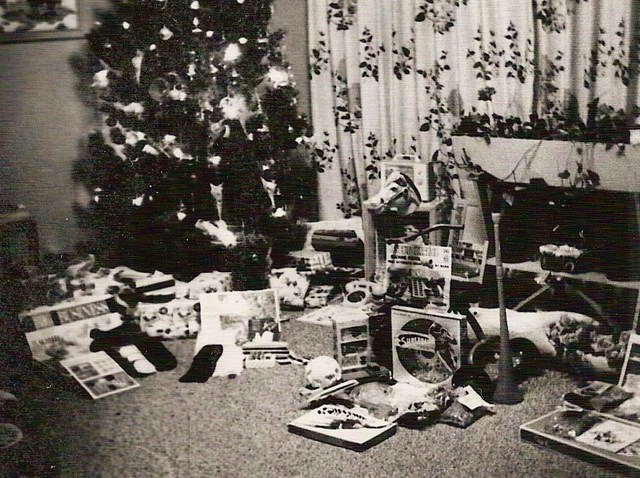
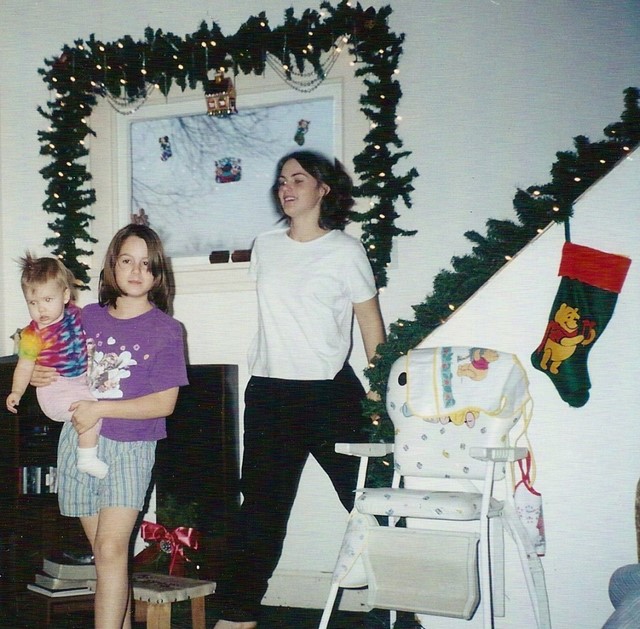
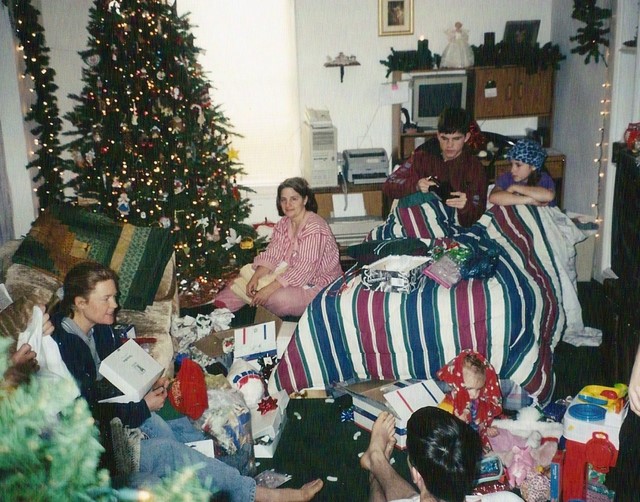

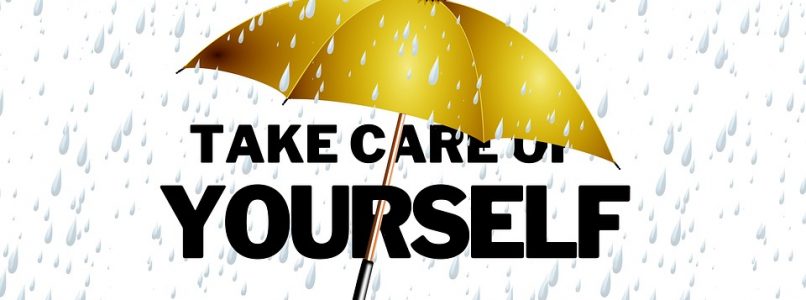
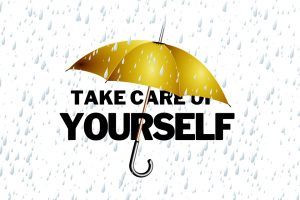 e, away from home, in quiet. But if that’s the definition of self-care, most moms and dads are going to get precious little of it.
e, away from home, in quiet. But if that’s the definition of self-care, most moms and dads are going to get precious little of it.
